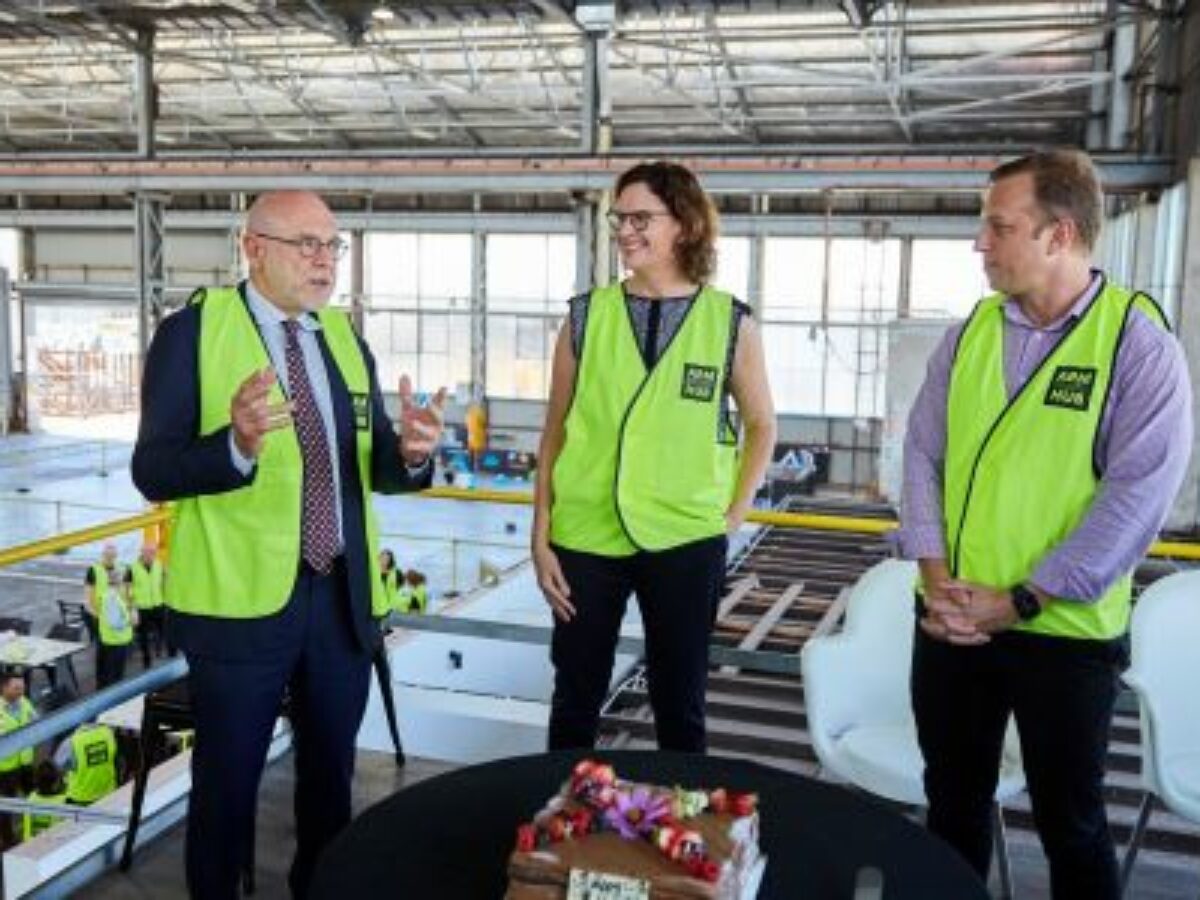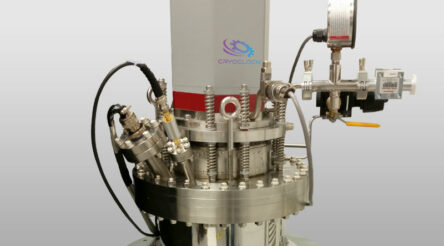What next for Industry Growth Centres?

By Peter Roberts
Now that the federal government has released the review into the six Industry Growth Centres, the big question remains – what will be their replacement and will they become true application-oriented innovation organisations we see in the UK’s Catapult Centres and Germany’s Fraunhofer institutes?
The recommendations of Industry Growth Centres Initiative: initial impact evaluation report were kept secret by the previous government, until leaked to @AuManufacturing in May 2021.
The ACIL Allen report’s key finding is that the small scale and lack of funding of the IGCs condemned their work as useful for the companies which received support, but making no difference to manufacturing as a whole.
As I have argued previously the other big issues were that the centres were essentially grant funding bodies, lacking in facilities of their own which could be put at the disposal of companies ands sectors.
They also lacked the element of deep linkages with publicly-funded research that characterise another federal government scheme, the Cooperative Research Centres scheme, as seen in the successful Innovative Manufacturing CRC.
While industry minister Karen Andrews was making genuine efforts to canvass opinion on a replacement scheme – that came to a halt under her successors Christian Porter and Angus Taylor.
The Coalition never took industry seriously – in nine years they had seven industry ministers, or eight if you count Scott Morrison – and too many were uninterested or just unqualified for the role.
At this stage the federal government has not revealed its own preferred model for a son-of-IGC scheme, but we do have a few clues.
The Labor party has long backed the development of Line Zero, Factory of the Future at Adelaide’s Flinders University which has many of the features of the UK Catapult Centres.
Labor gave $10 million to expanding Line Zero in the recent budget, with Kim Carr also announcing support before the previous federal election.
Line Zero is affiliated with a UK Catapult, and has prototyping and test facilities of its own at the Tosnley innovation precinct which were developed in partnership with BAE Systems Australia into a centre for shipbuilding technology and innovation.
The other centre getting attention from Labor is the Advanced Robotics for Manufacturing Hub in Queensland which is the centre of a network of research institutions, facilities and innovative companies working in robotics, artificial intelligence and design-led manufacturing.
The hub’s Maker Space and workshop areas allow tenants, partners and researchers to share equipment, tools and knowledge while working on projects.
Created in 2017 through a Department of Defense grant, the ARM Hub is also linked to other Queensland’s regional manufacturing hubs in Cairns, Townsville, Rockhampton, Gladstone, Mackay and Gold Coast.
The other tantilising prospect is the government reforming CSIRO as a industry-responsive problem solving network – something made more likely by the recent announcement of the departure of CSIRO boss Dr Larry Marshall.
CSIRO undoubtedly performs much great work such as its long term partnerships with companies like Boeing and, more recently, linkages to the venture capital startup sector.
However in recent years the organisation has focused on big picture ‘missions’ that have little in common with Australia’s SME dominated manufacturing sector.
Who in this sector would say that CSIRO was their first stop when they face technology roadblocks or plan to innovate?
Perhaps even more basic in any follow on scheme to the growth sectors is the small scale of government support for manufacturing in Australia.
$10 million for Line Zero pales into insignificance compared to the 30 million pounds annual funding for UK Catapult centres and the 2.8 billion Euros provided for the 71 Fraunhofer institutes.
Our thinking is just too small scale in Australia to really affect the trajectory of manufacturing which, unfortunately, remains downward, especially given the penalty of energy prices.
The federal government has thought big with its proposed $15 billion National Reconstruction Fund – is it too much to hope that this level of impactful funding could also apply to industry innovation, collaboration and problem solving?
Further reading:
GROWTH CENTRES REPORT COMMISSIONED BY MORRISON GOVERNMENT IN 2019 FINALLY MADE PUBLIC
CANBERRA BACKS FLINDERS’ FACTORY OF THE FUTURE
Picture: Advanced Robotics for Manufacturing Hub
Topics Manufacturing News
@aumanufacturing Sections
Analysis and Commentary Awards Defence Manufacturing News Podcast Technology Videos










